Alcoholic Drink Labelling Explained: Regulations on Labelling Alcoholic Beverages
Alcoholic Drink Labelling is governed by a set of guidelines established by the UK government and the EU. EU regulations for your labels can be found in the EU Food Information to Consumers (aka EU FIC) or Food Information Regulations (FIR). These regulations cover all aspects of food labelling and some of those regulations overlap with alcoholic drinks labelling. As of writing this post, there is no overriding EU regulation governing labelling across the EU in all sectors of alcoholic beverage and with Brexit impending, it would not seem likely we will see an overarching regulation across the continent.
This article aims to help drink manufacturers and marketers ensure they label their product correctly for the UK and Irish market. Disclaimer: Please see legal advice for labelling regulations. We cannot accept any liability for the contents of this guide.
Alcoholic drink labelling must address three areas:
- What a label should do
- What a label should include
- Guidelines for consumption
Unfortunately, we cannot provide legal advice on alcohol labelling. If you have questions regarding alcoholic drink labelling after reading this article, please contact your local trading standards department (via your County Council) for legal advice on alcoholic drink labelling.
What alcoholic drink labelling should and shouldn’t do
Firstly, your label should ensure relevant information is easy to find and clear for the consumer to read and interpret. It should also be integral to the product and not part of any packaging that will be thrown away when consuming the product. For example, if you have a beer bottle in a presentation box, the box can have all the labelling but the beer bottle labels themselves would need it too as the box is primary packaging and would be thrown away before consuming the product.
In the UK, there should be a reference to the Portman Group or the Drinkaware campaign.
Thirdly, Alcoholic Drink Labelling must not promote antisocial behaviour, e.g. drug us, bravado or violence. The labels should be straightforward and not downplay the strength of alcohol in the product. It may only emphasise alcoholic strength if it is below what would be considered normal, i.e. low alcohol. Alcohol Labelling must not promote or glamorise sexual or illegal activities nor promote or associate a product with binge drinking or drunkenness.
Obviously, your labels express your brand and for marketing purposes, this should be fully exploited. Your branding however, cannot conflict with any of the other guidelines. For example, “Super Stud” beer might be interpreted as indicating heightened sexual prowess and would not be allowed. Many independent or craft breweries often come up with entertaining names but it is important that these do not breach the guidelines.
Required Information
The labelling of your product can include many details including information about the ingredients and their sources or the brewing methods for example. As a minimum, the following information should be grouped together on the bottle label for ease of location by the consumer:
- Name and address of supplier or bottler
- Country of origin (e.g. France or Blend of wines from Italy, Spain and Portugal)
- Quantity of product (e.g. 33cl or 750ml)
- Alcoholic Strength by Volume (if over 1.2% by volume)
- Allergy declarations (See EU FIC regulations) NB Licorice is an allergen for alcoholic labelling purposes)
- Use by date (for alcoholic beverages of 10% or lower)
Specific labelling requirements for wines
Traditional Terms of production such as Reserva, Grand Reserva or Chateau may be used to indicate the production method.
Variety and Vintage – Naming the variety of grape is acceptable if at least 85% of the wine is made from that grape or 100% made from 2 varieties. Vintage wines must contain at least 85% of the vintage in question that meets the protected designation of origin (PDO) or protected geographical indication (PGI) status.
Drinking Guidelines
Alcohol abuse can lead to a number of health issues and public policy requires advice on alcoholic drink labelling to help people understand the perils of alcohol abuse.
The Department of health focuses on three areas regarding alcohol consumption:
- Weekly Drinking
- Single Session Drinking
- Pregnancy and Drinking
The Government recommends including the guideline alcohol consumption to not regularly exceed 2-3 alcohol units per day for women and 3-4 units per day for men. Alternatively, 14 units per week for women and 21 units per week for men. There is also a move to recommend only 14 units per week for men rather than 21 units per week.
The container should also indicate a recommended serving size and how many alcohol units that would contain. It should also indicate the total alcoholic units in the container. For example, a 125ml glass for wine along with the 75cl bottle of that wine.
Alcohol can be very damaging to unborn babies and detrimental to women trying to conceive. A statement emphasising this should be included and may also be complemented with a logo of a pregnant woman drinking with a red line drawn through the symbol.
Finally, a reference to the Portman Group or to www.drinkaware.co.uk is recommended. Drink Aware is a charity funded by the alcohol industry to help avoid the misuse or abuse of alcohol. If you wish to use the dwinkaware logo, you should contact them to obtain a license. If you merely refer to their website, there should be no legal obligation to pay them.
If you would like us to design and print your alcoholic beverage labels and produce your labels, just call on 01332 864895 or fill in the form below.
Unfortunately, we cannot provide legal advice on alcohol labelling. For further guidance on labelling your alcoholic products, please contact your local trading standards department (via your County Council) for legal advice on alcoholic drink labelling. Please do not call us for advice unless you wish to order a production run of alcoholic beverage labels.
Disclaimer: Positive ID Labels accept no legal responsibility for the accuracy of the information in this article.
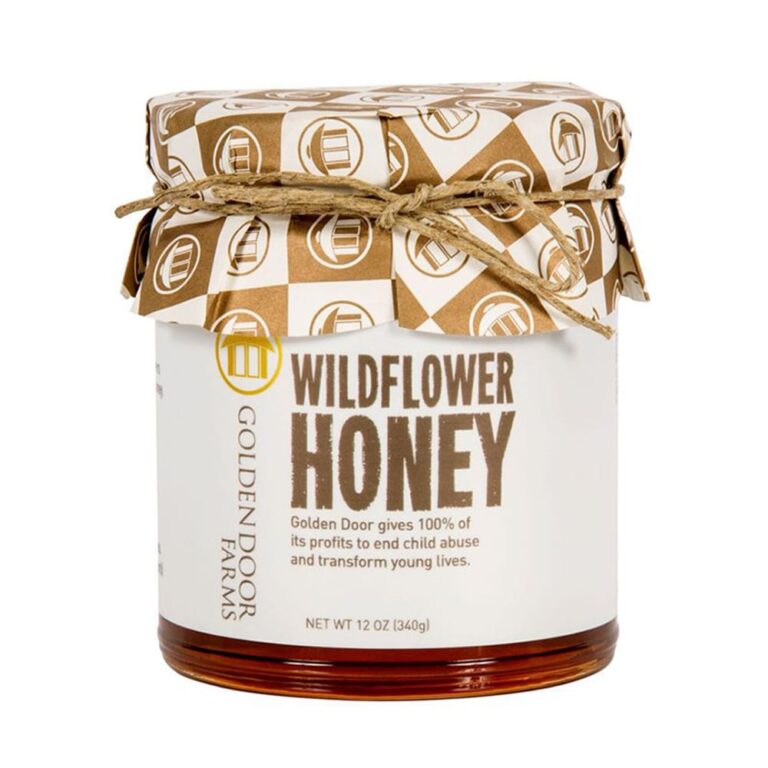
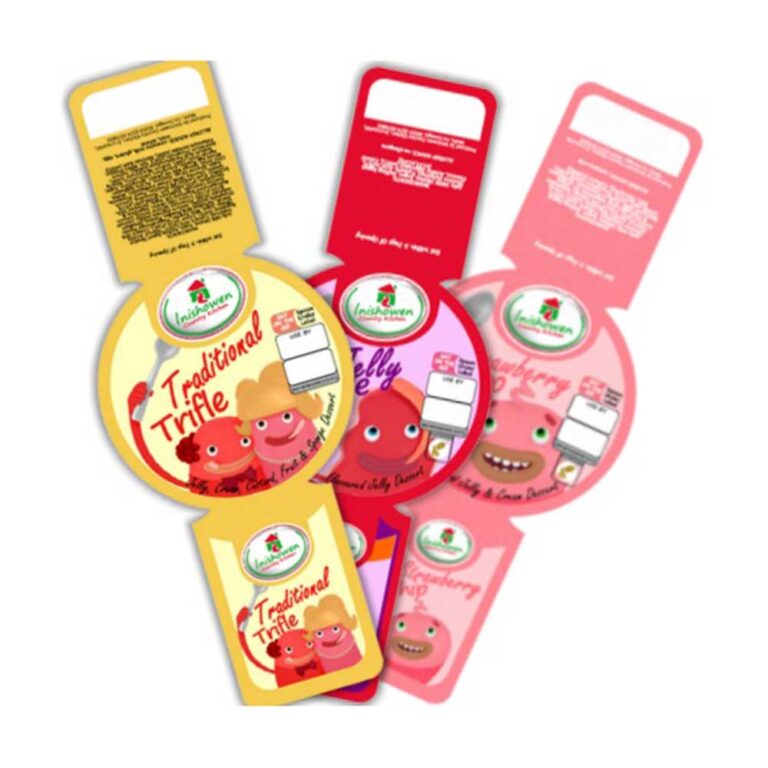


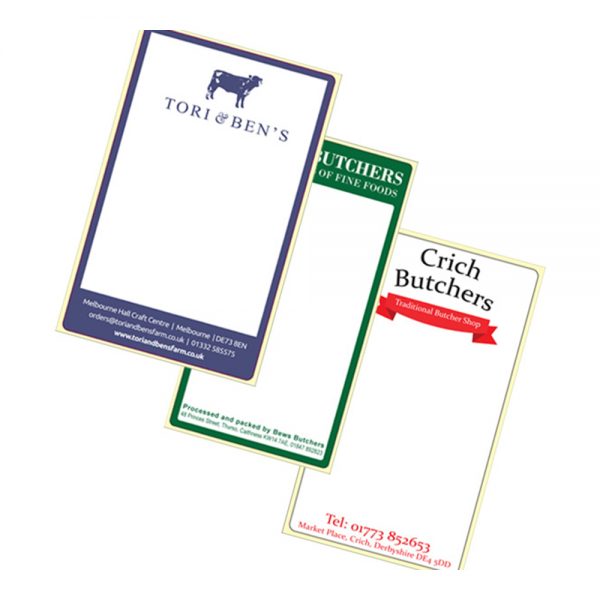
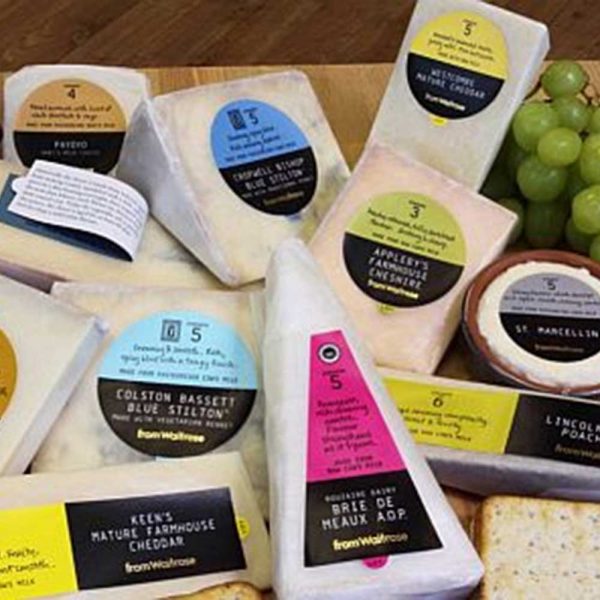

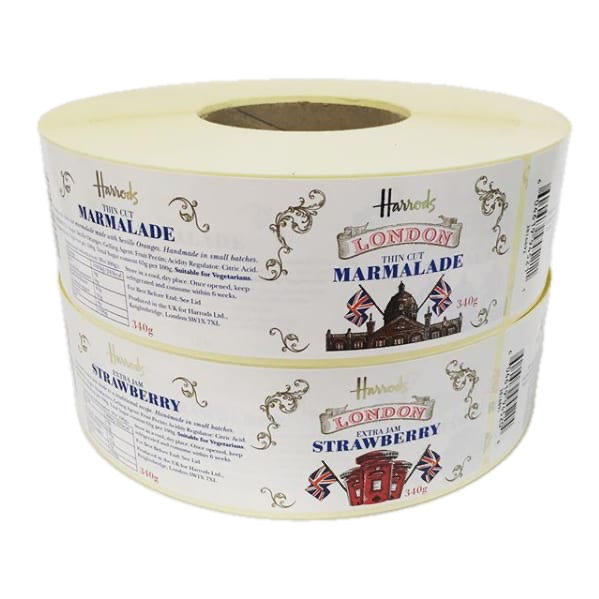
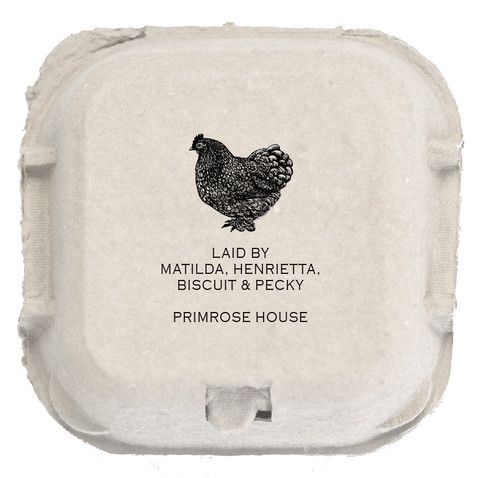
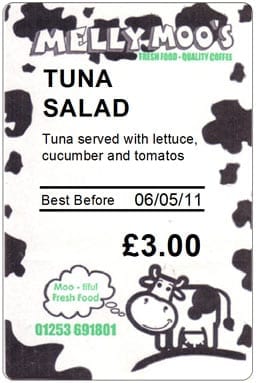

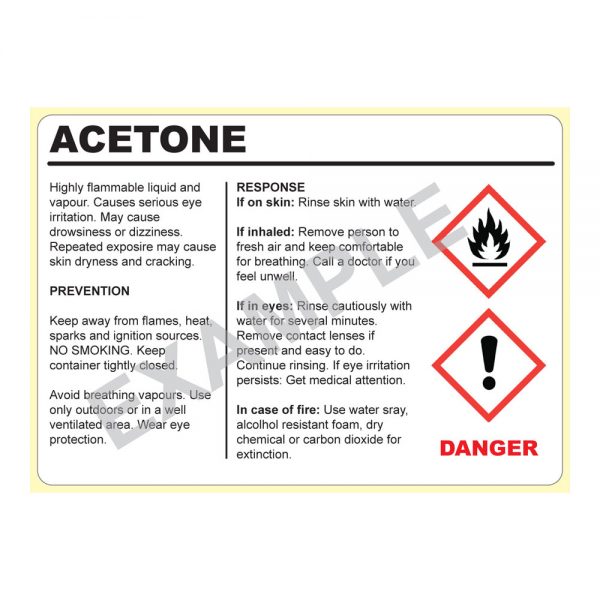
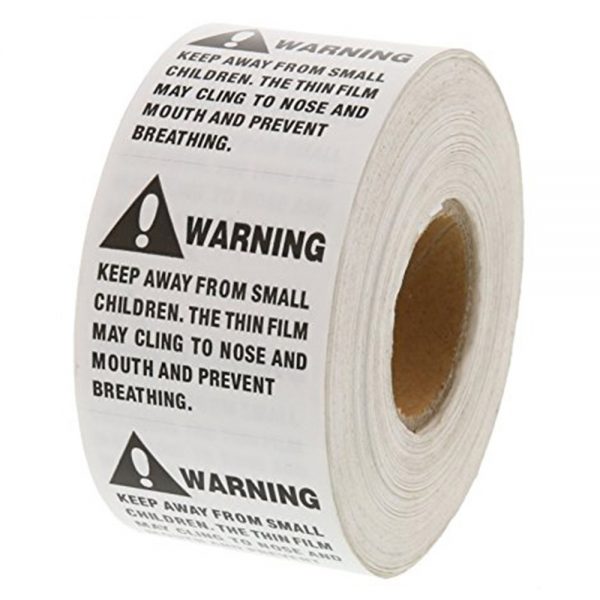
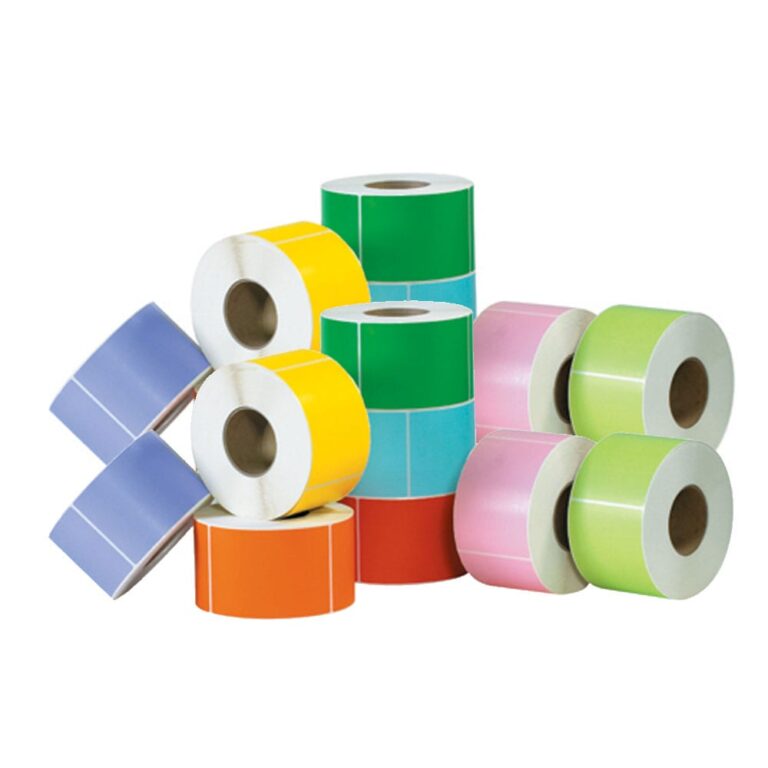
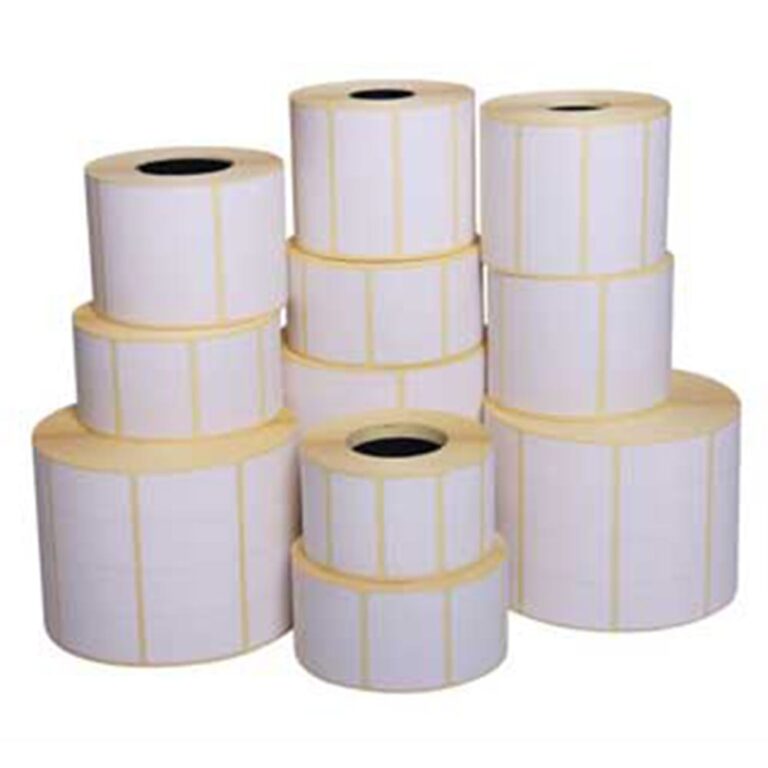
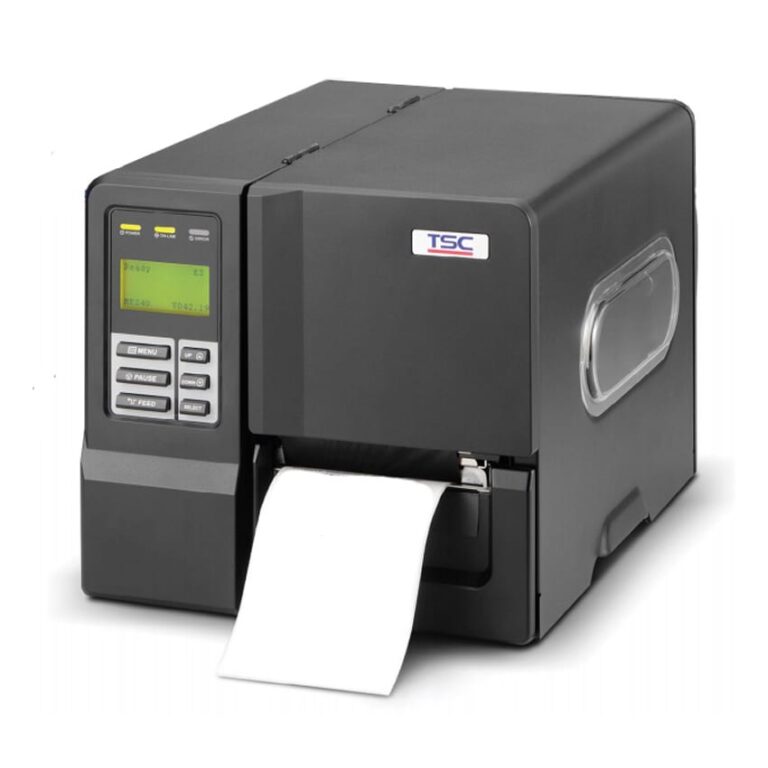
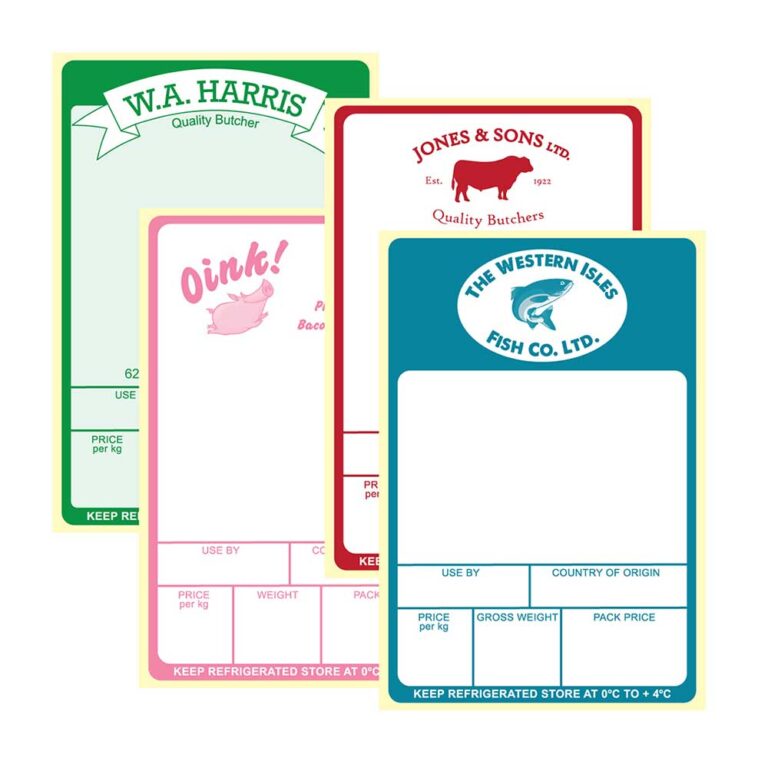
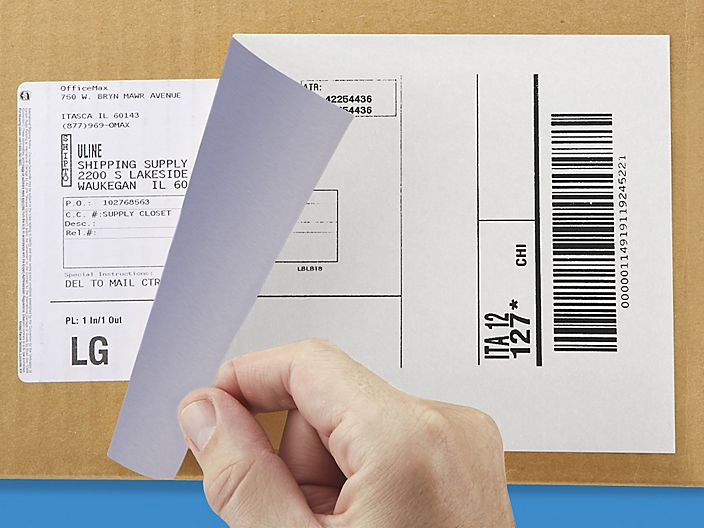

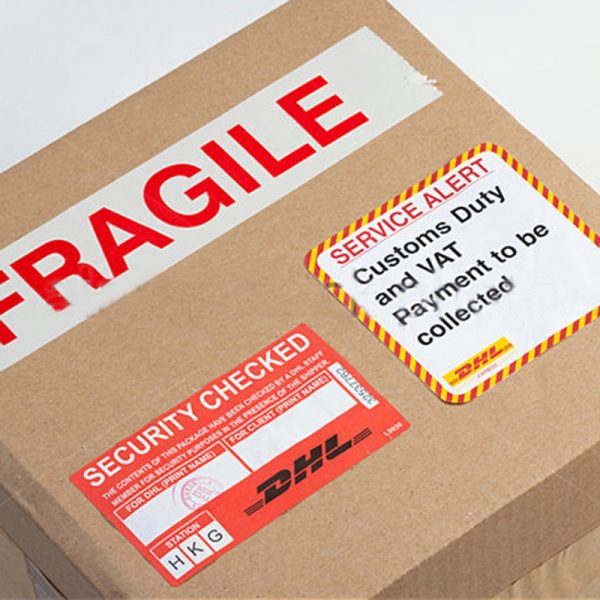



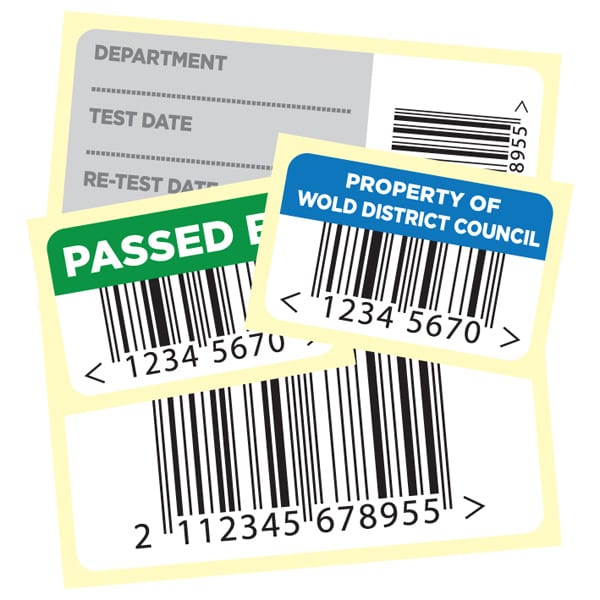
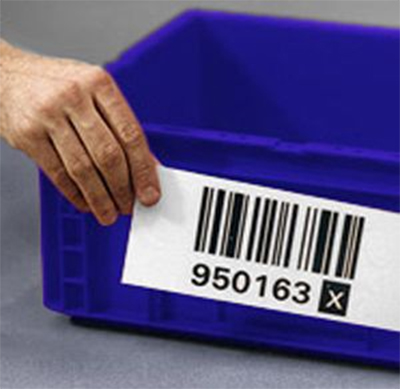
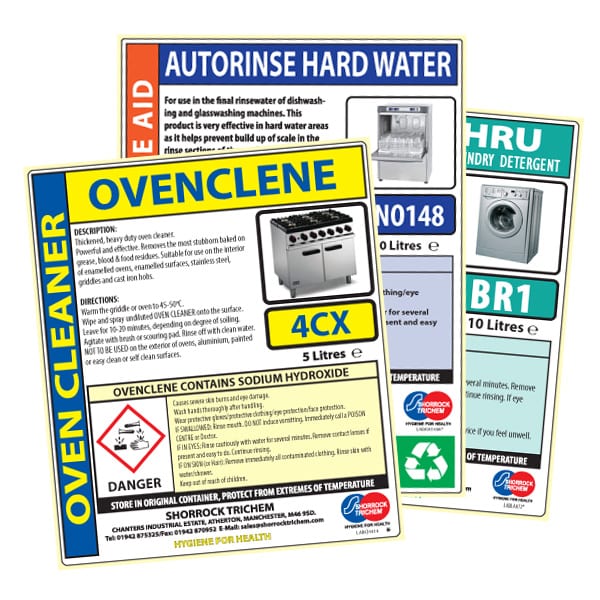
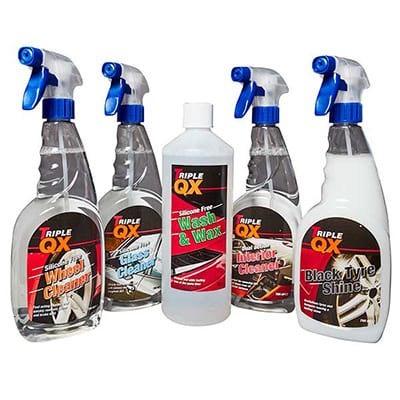

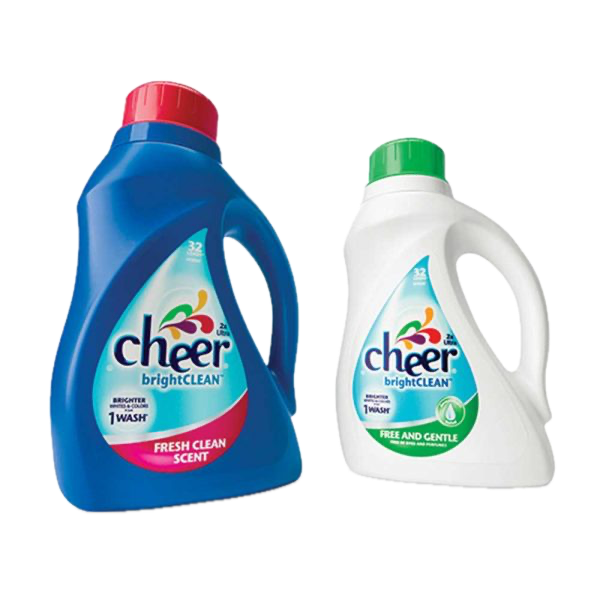







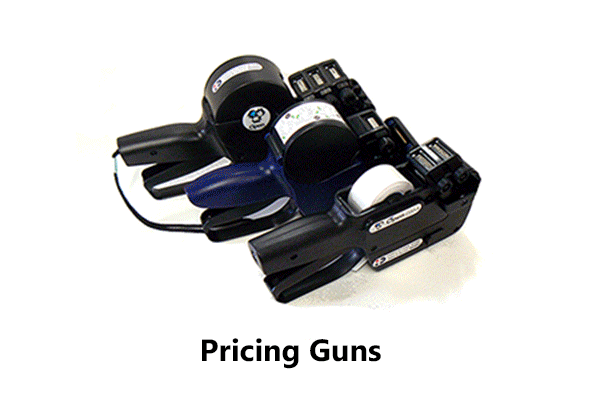
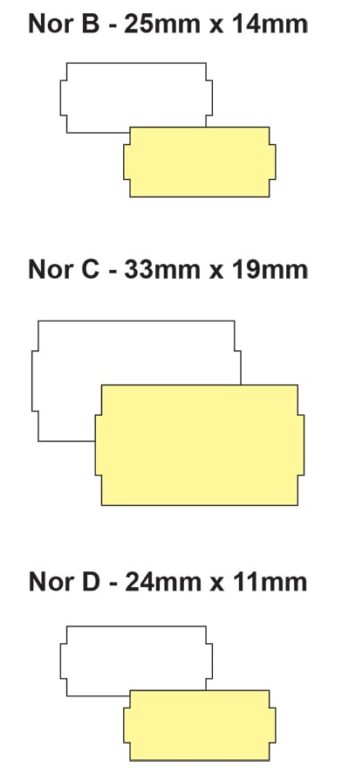






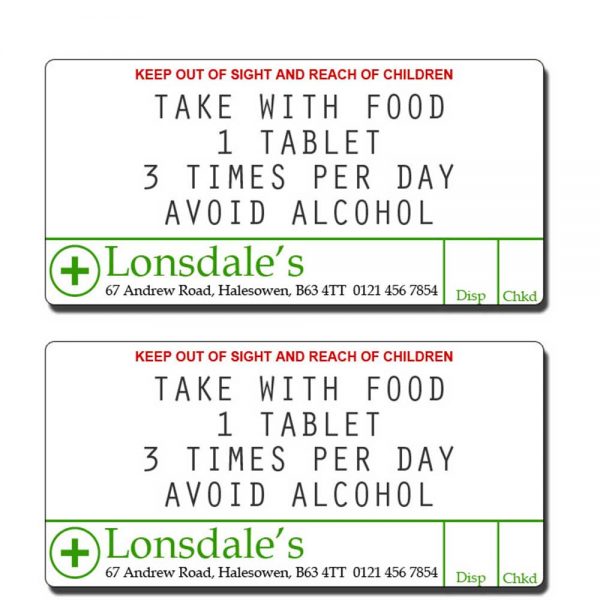
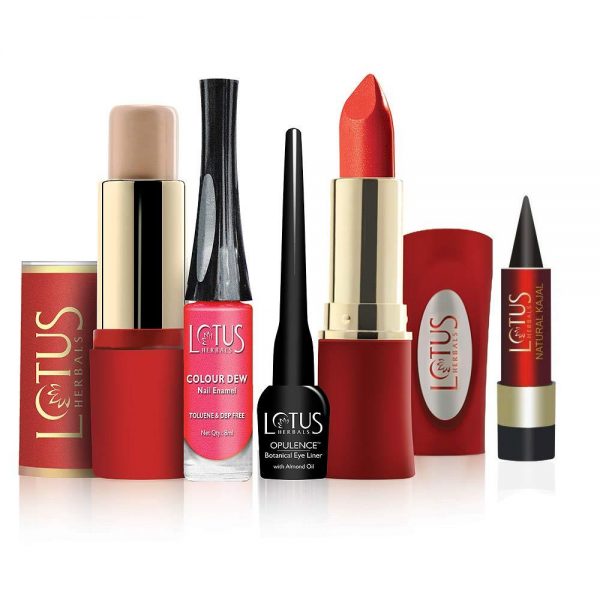






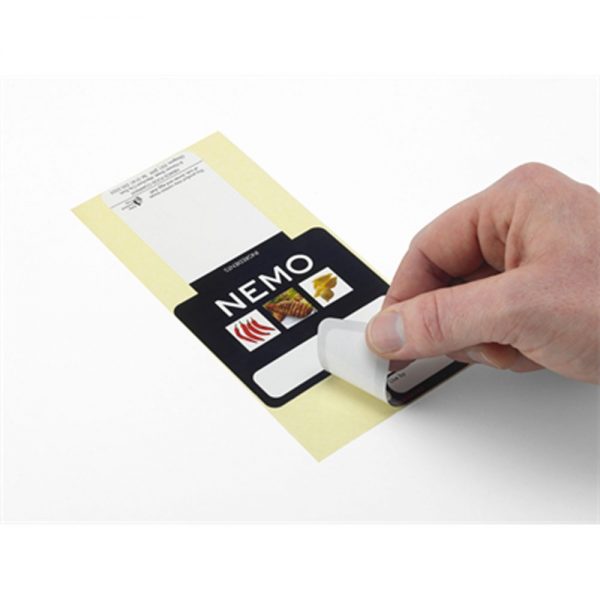
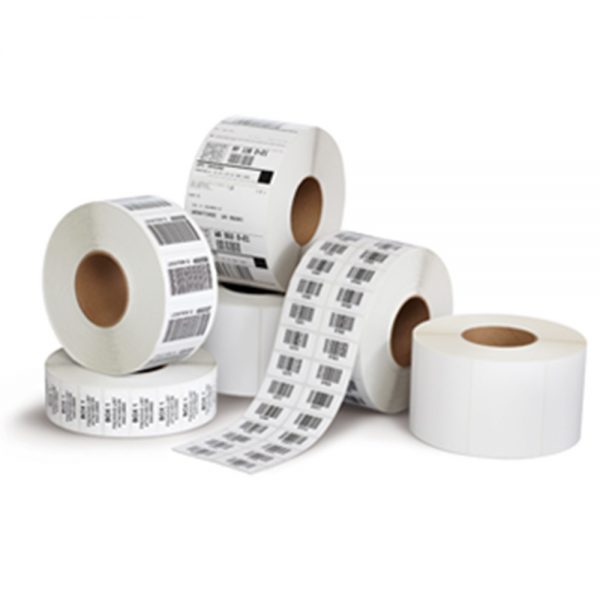
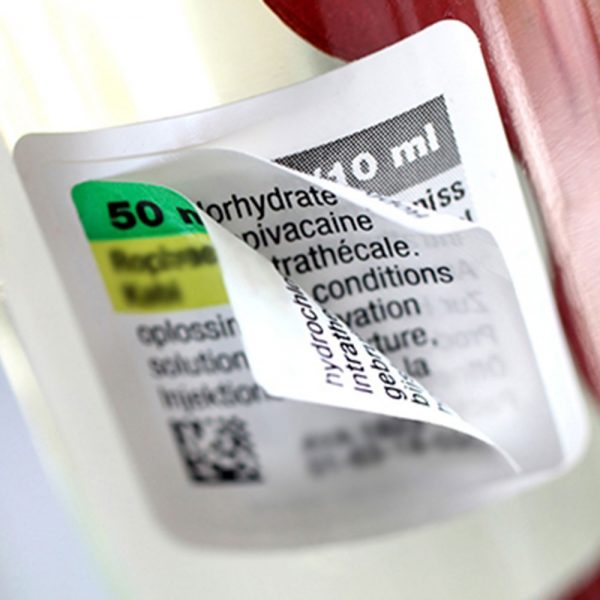


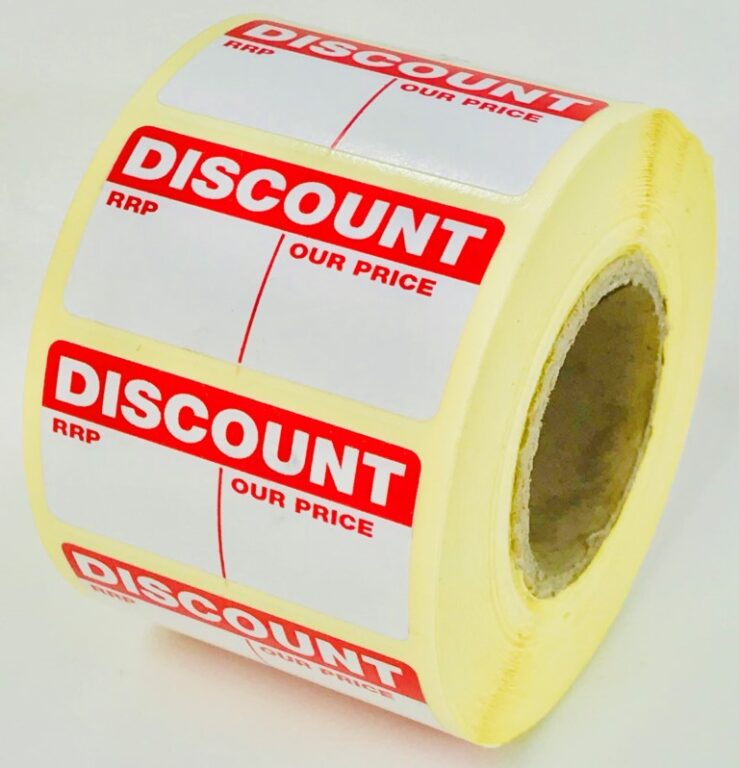

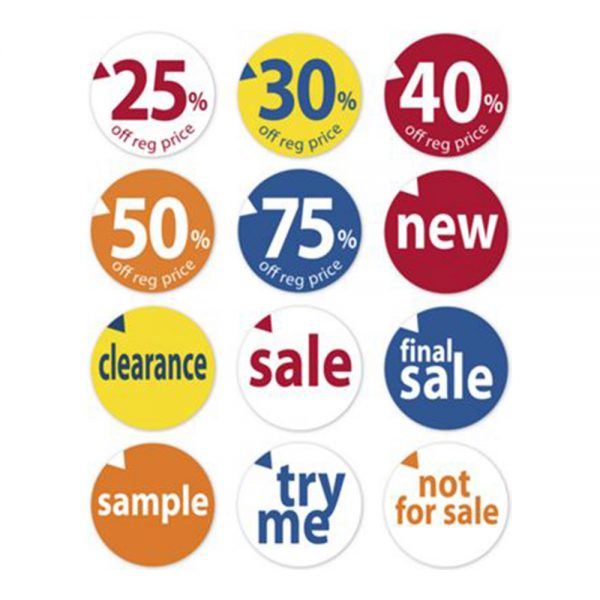

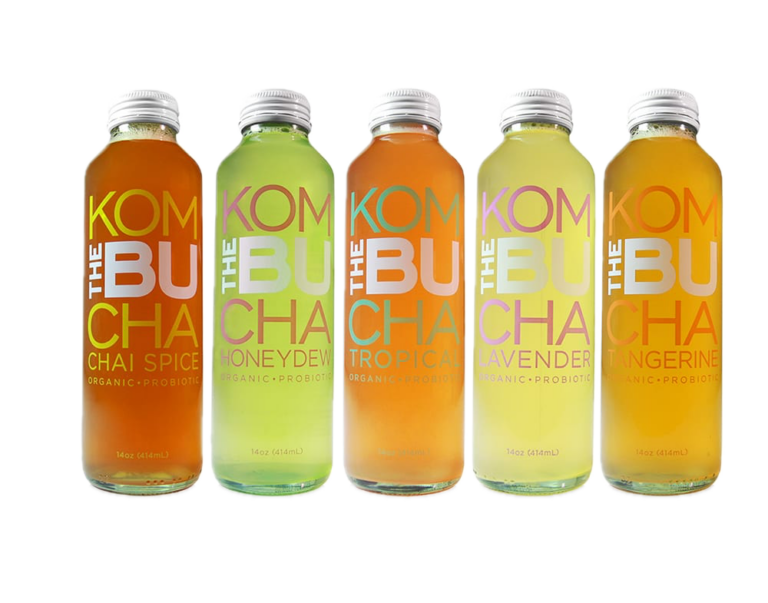
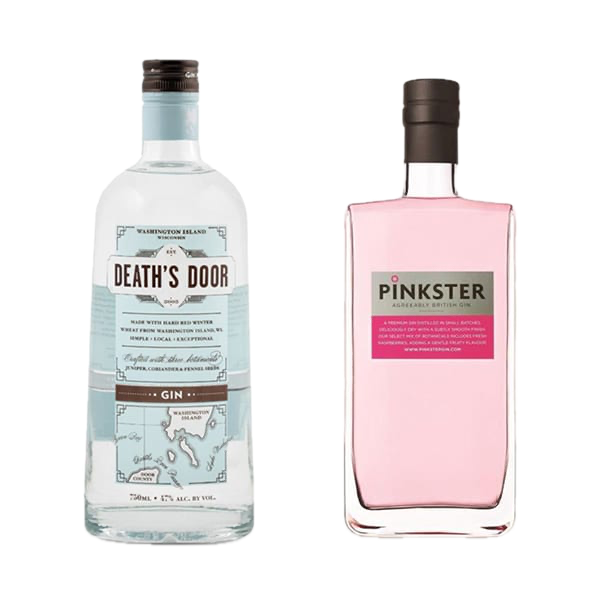
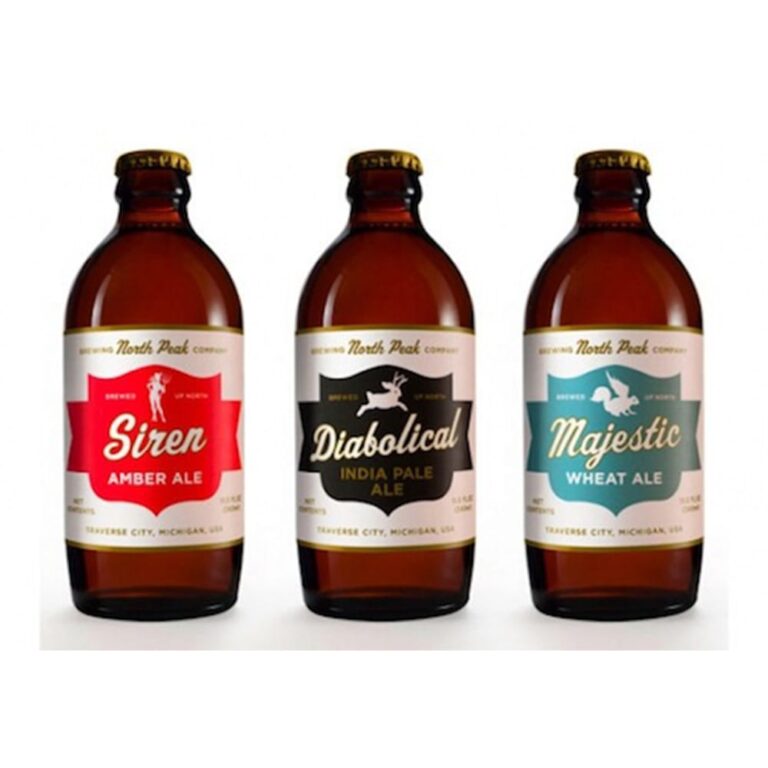
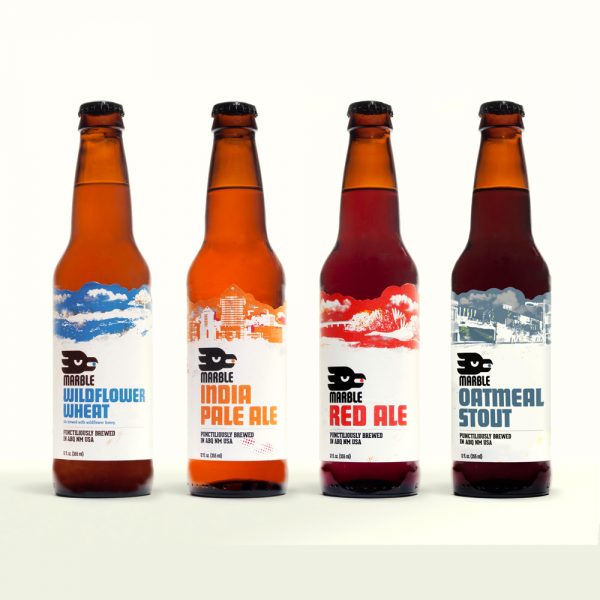
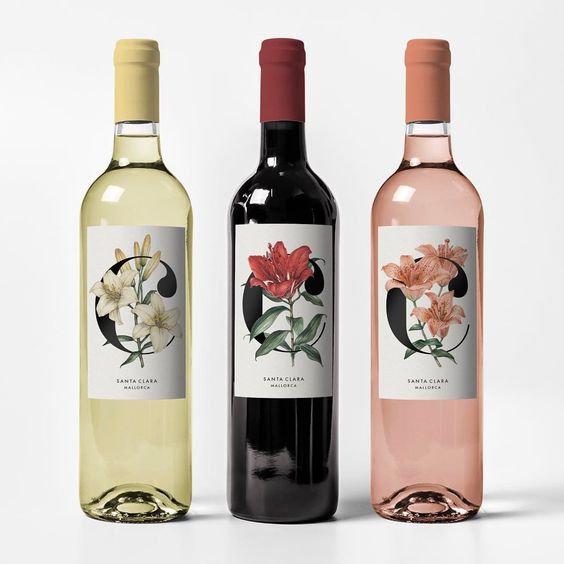
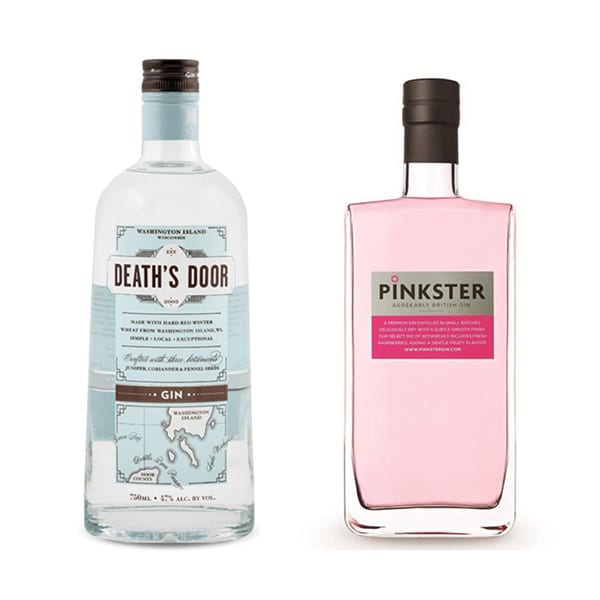



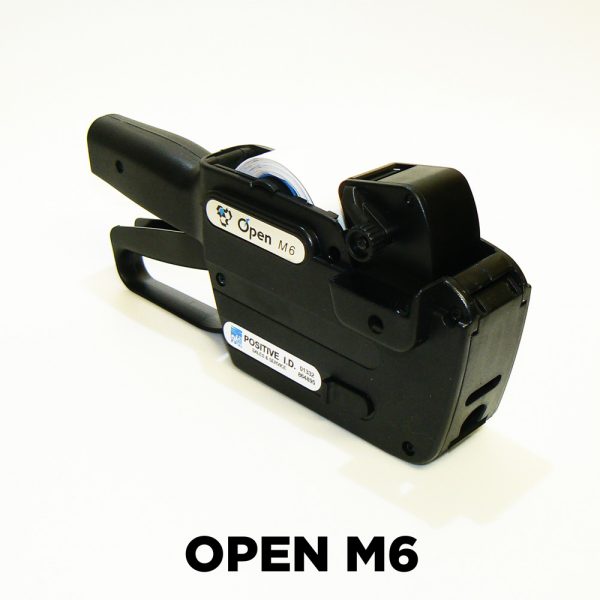

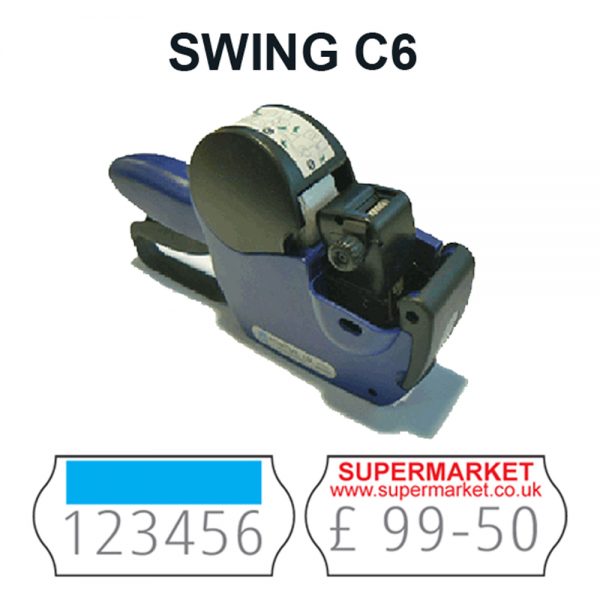

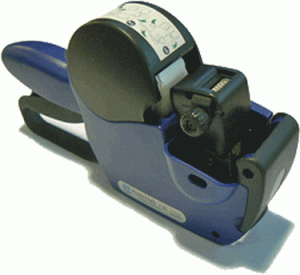

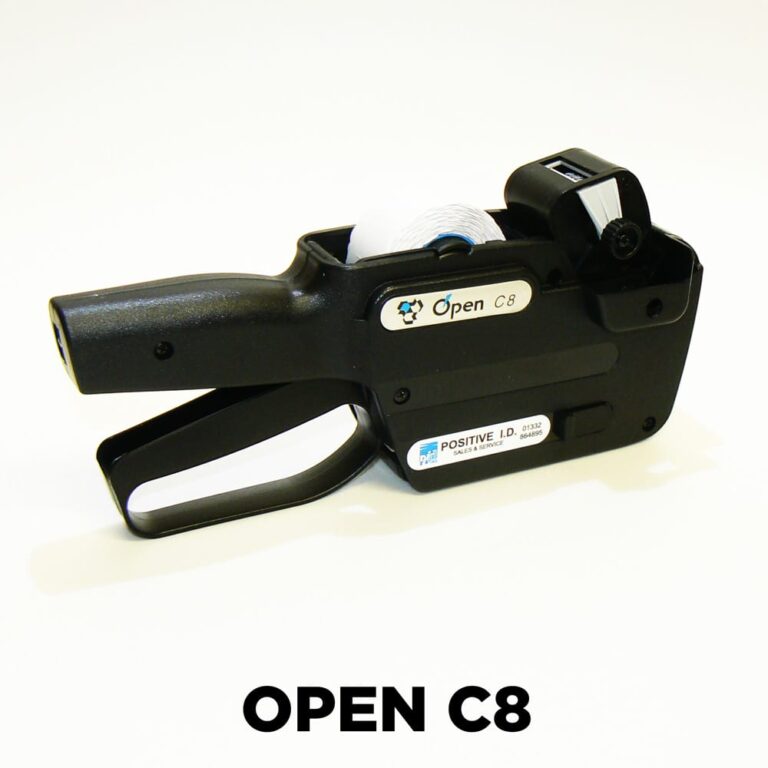



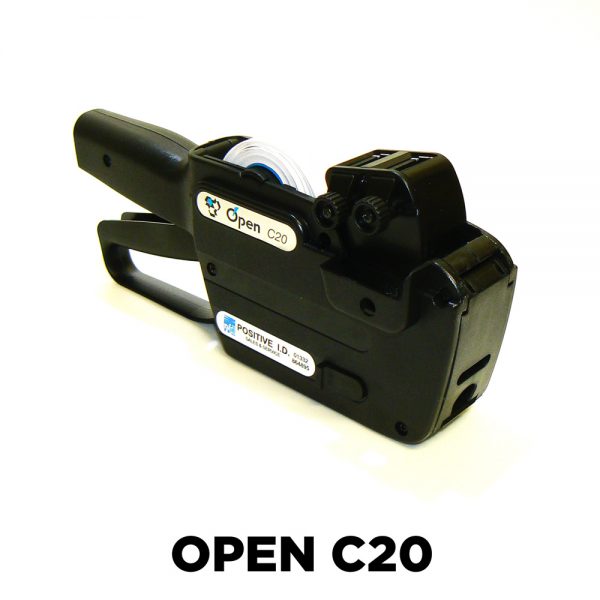
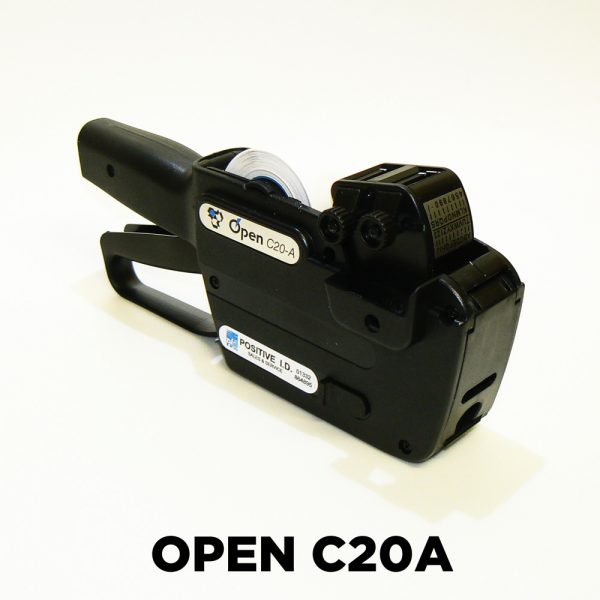
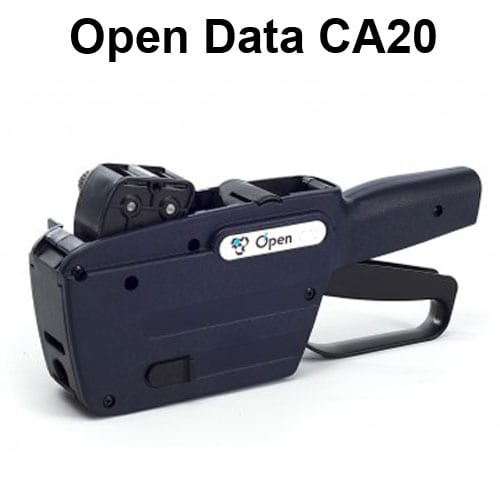
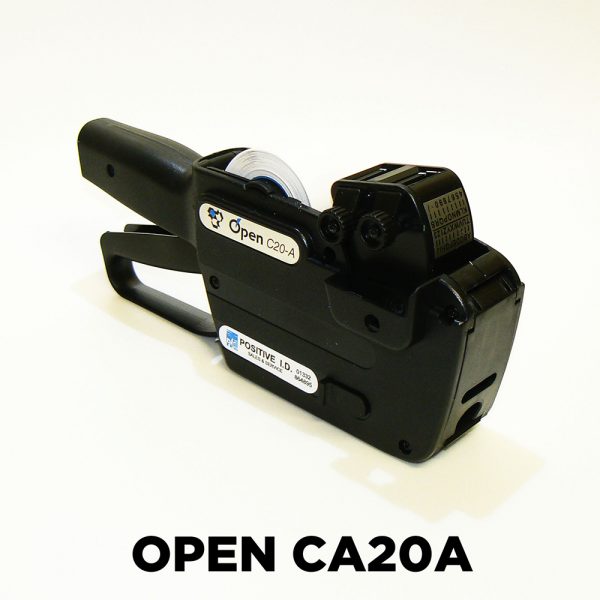
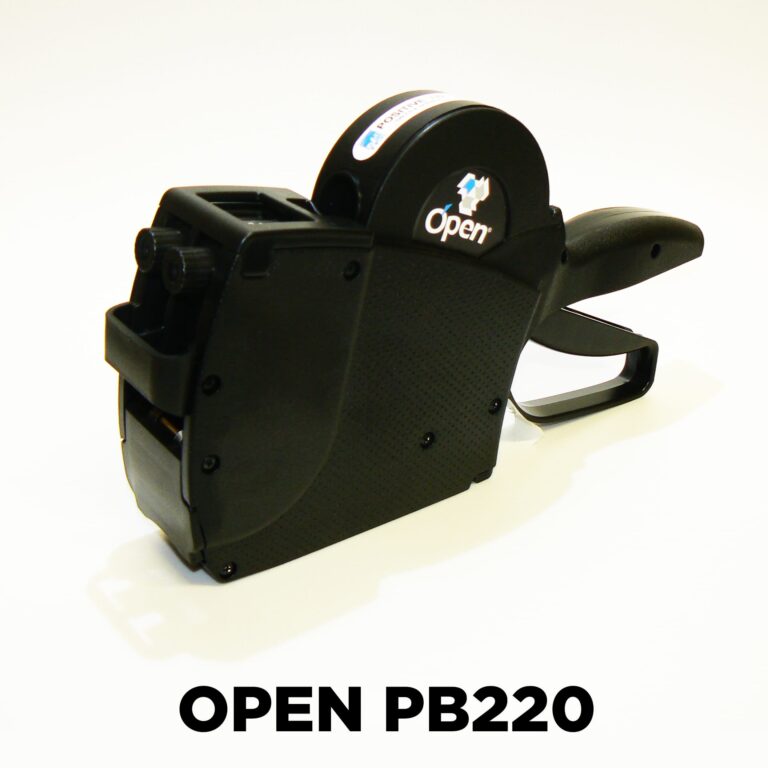
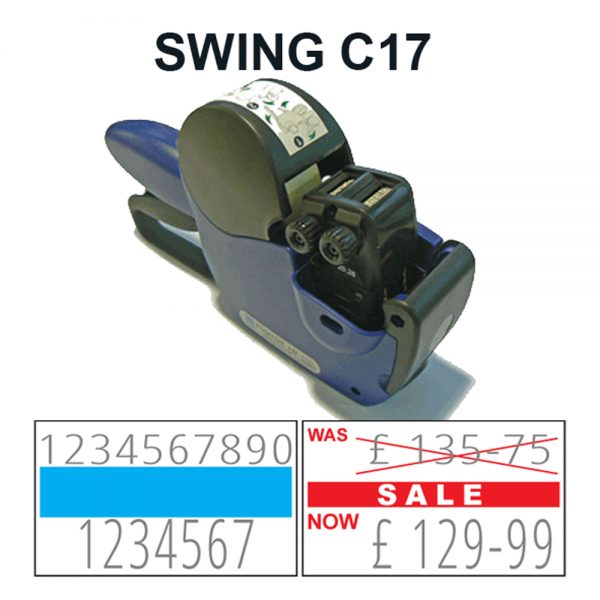

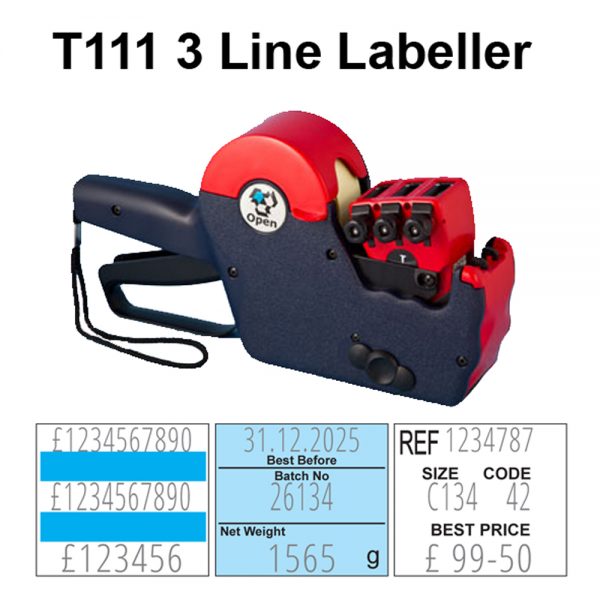
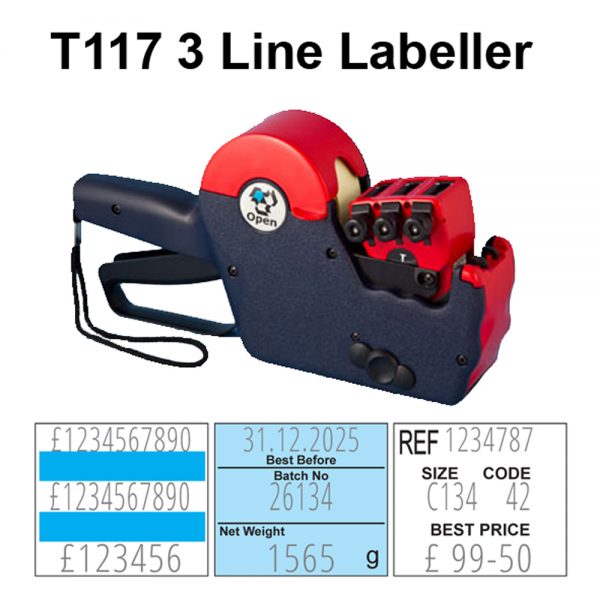
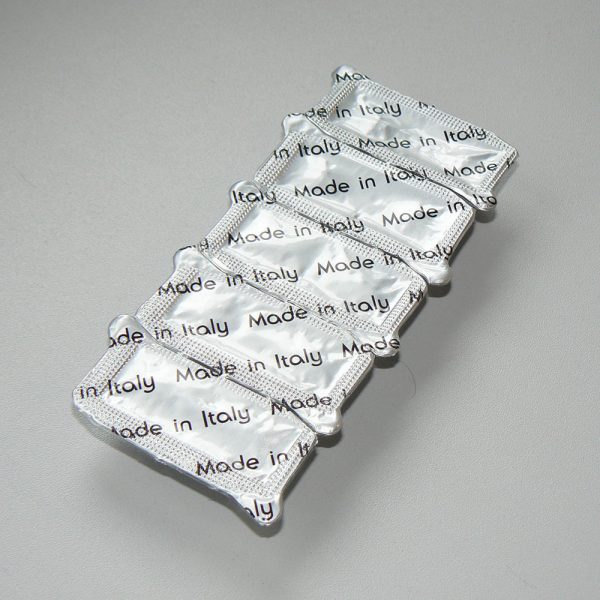
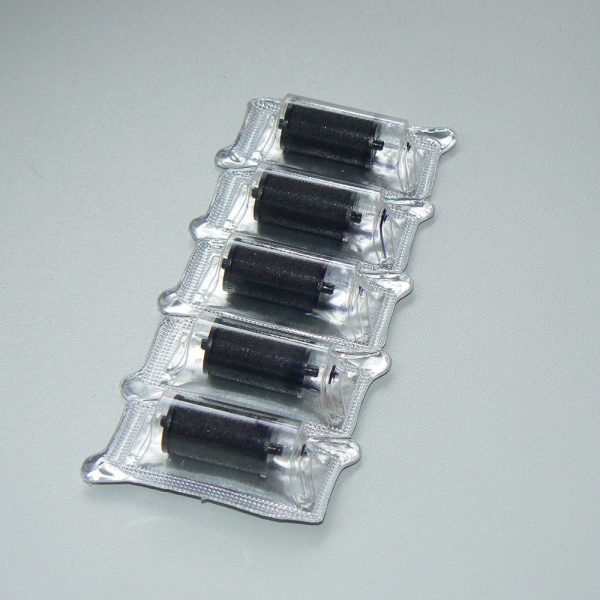
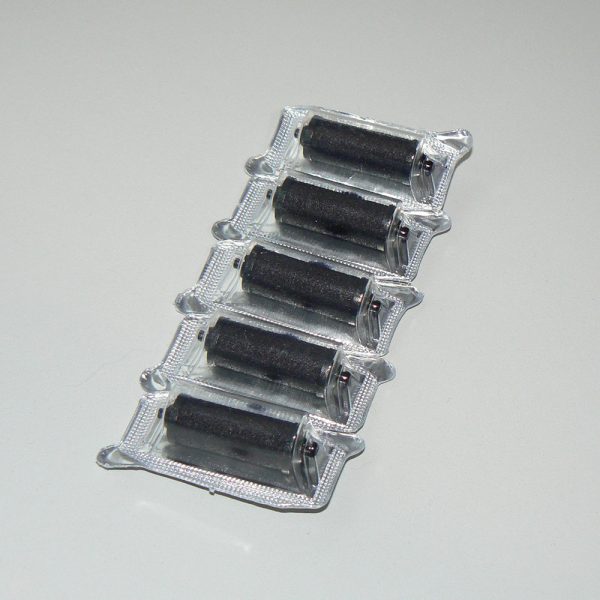
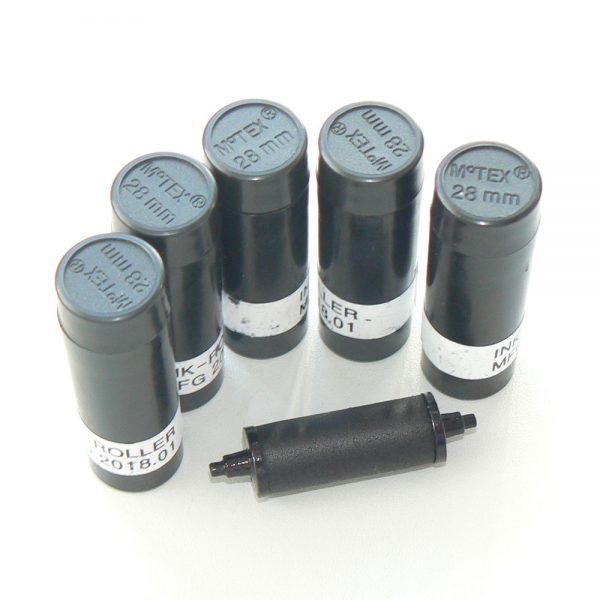
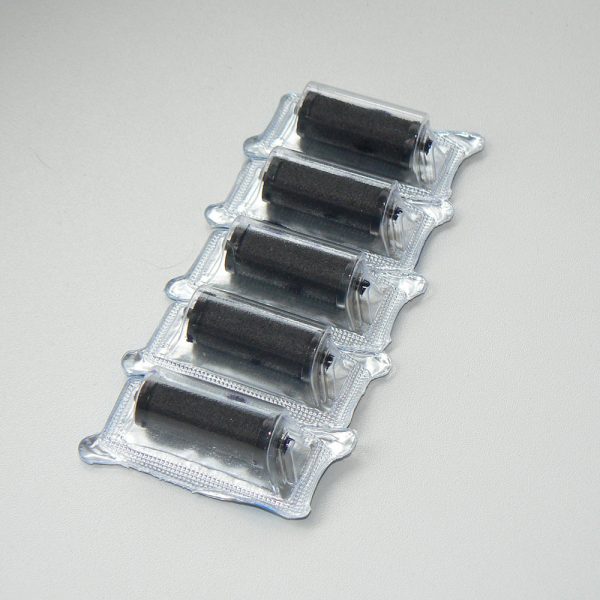
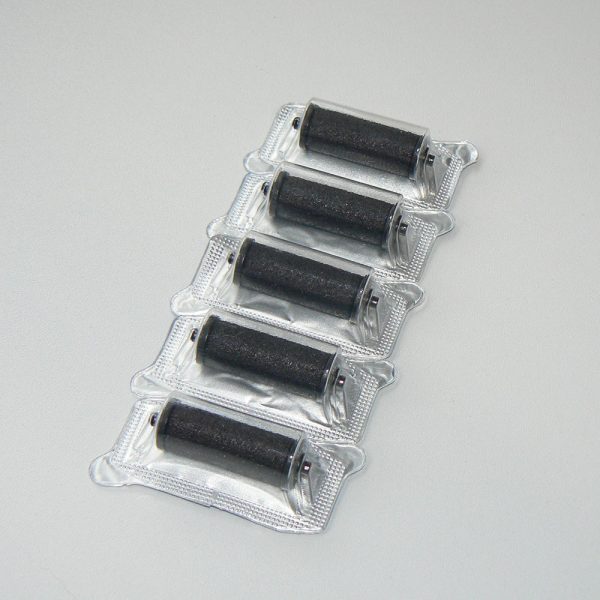
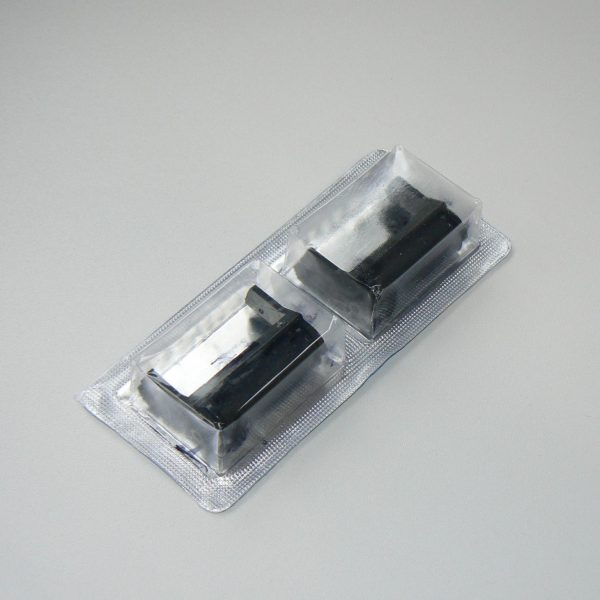
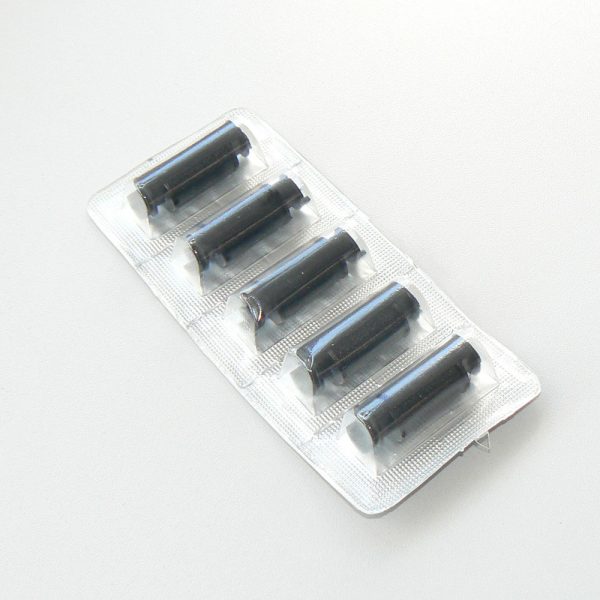

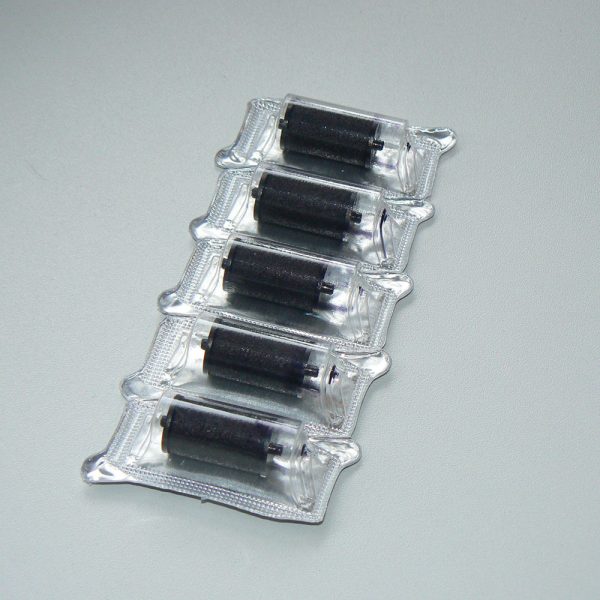
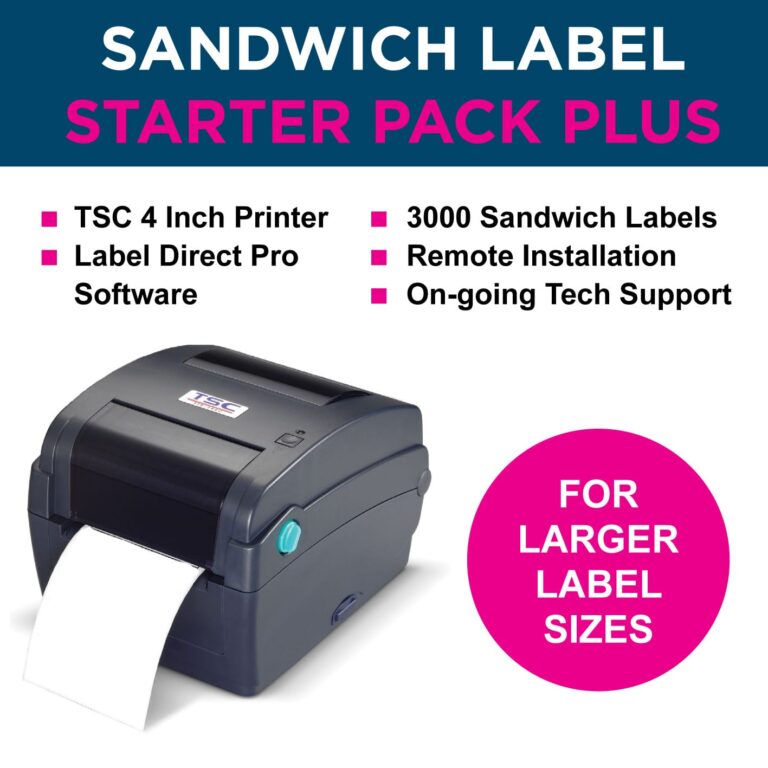
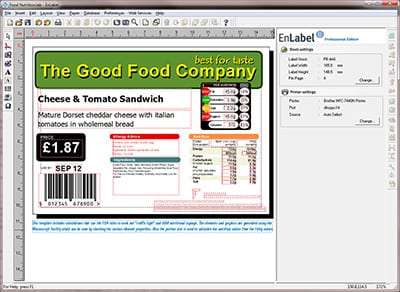
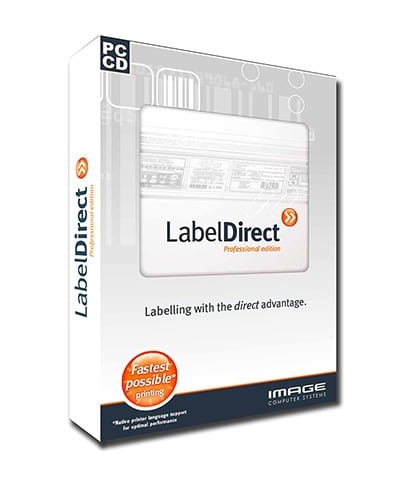
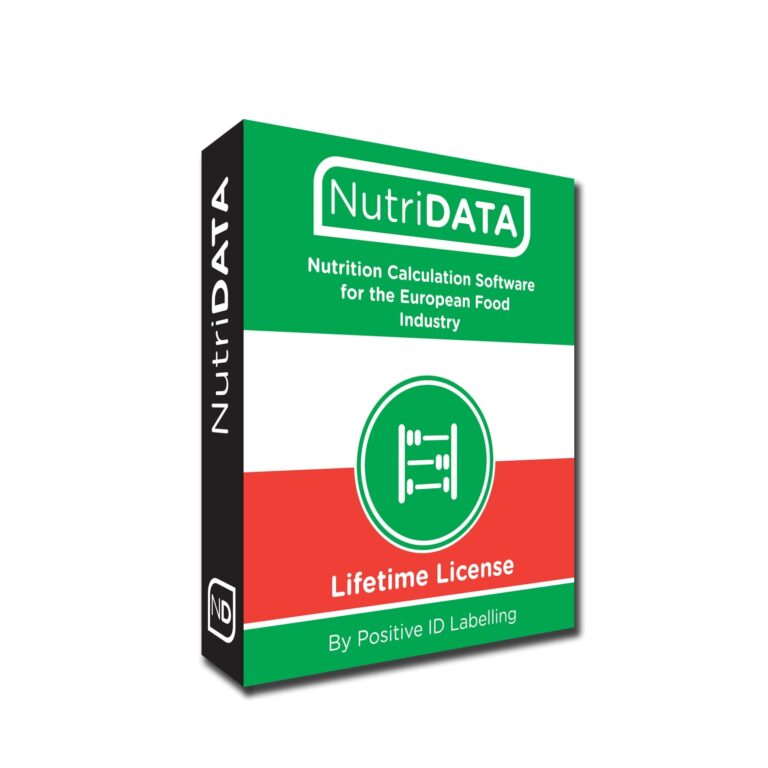



 Advanced encryption keeps your data safe and secure
Advanced encryption keeps your data safe and secure